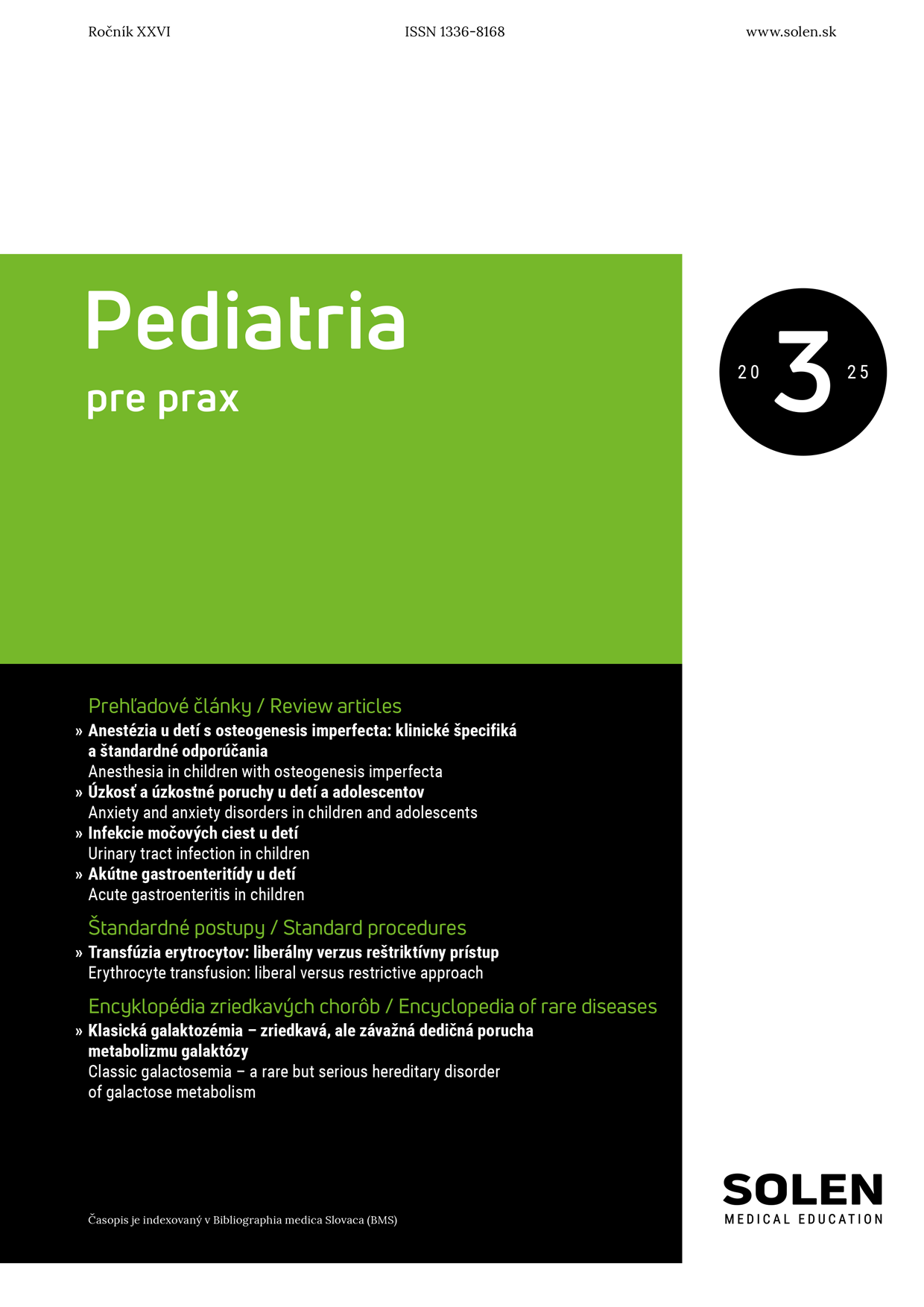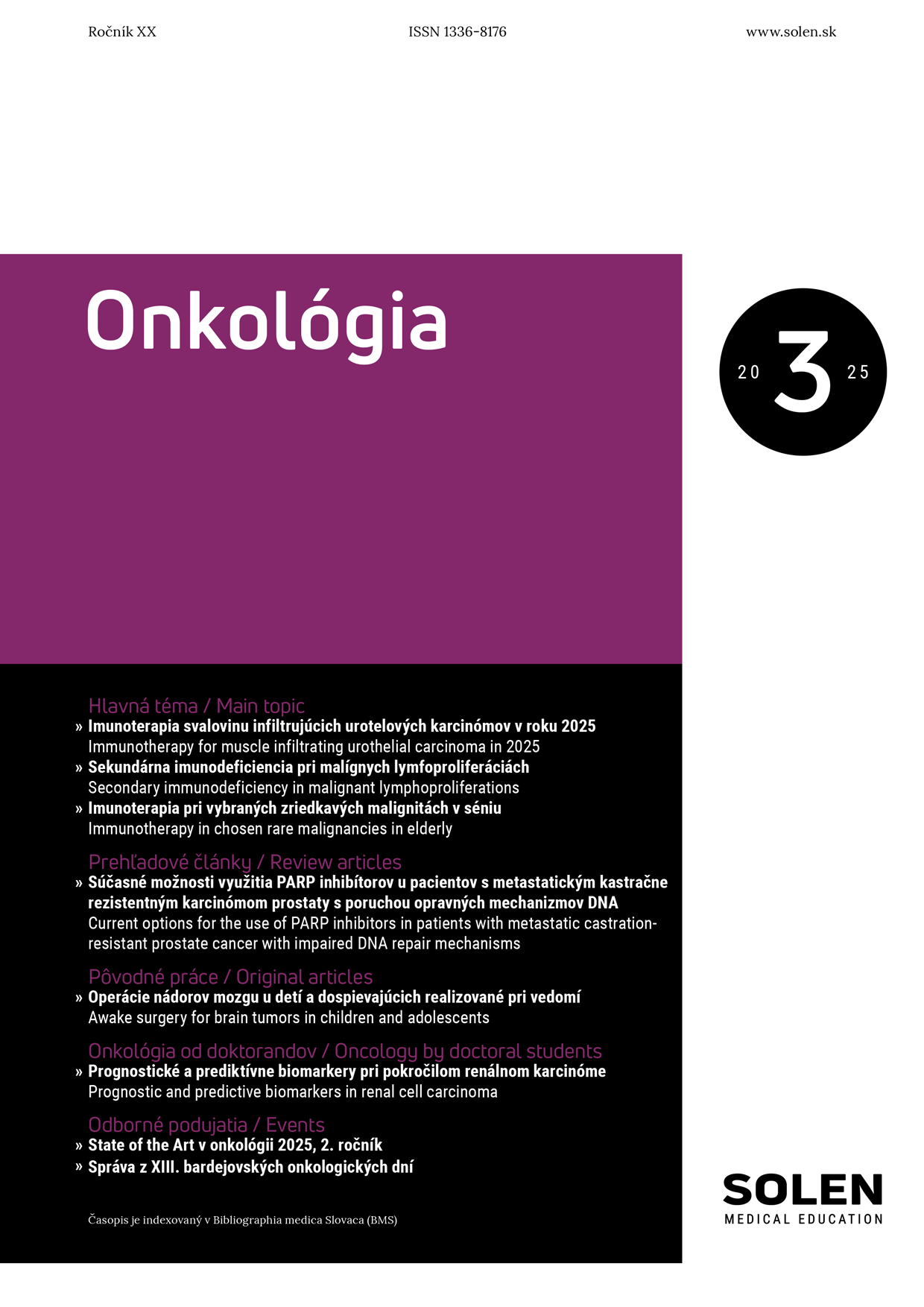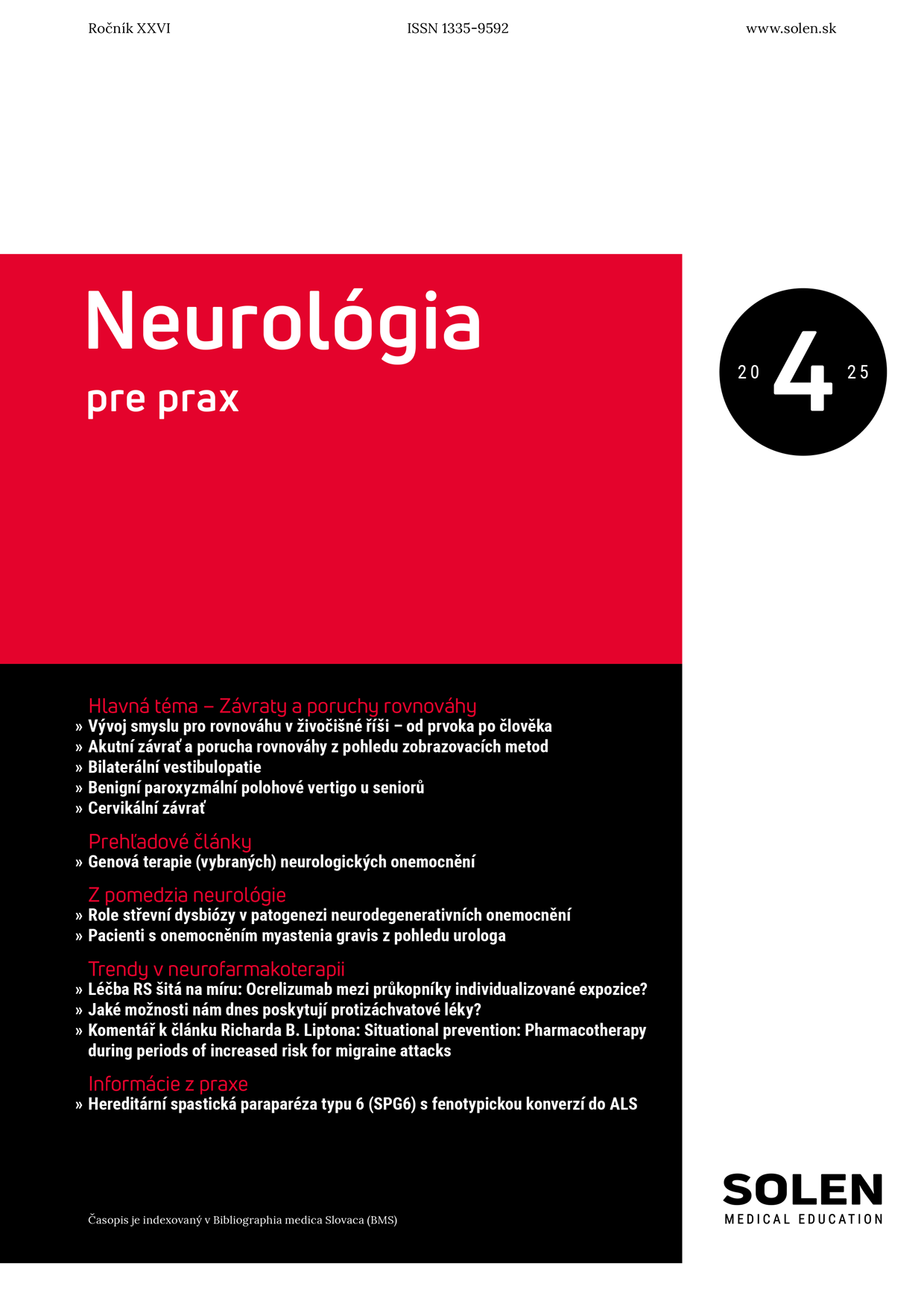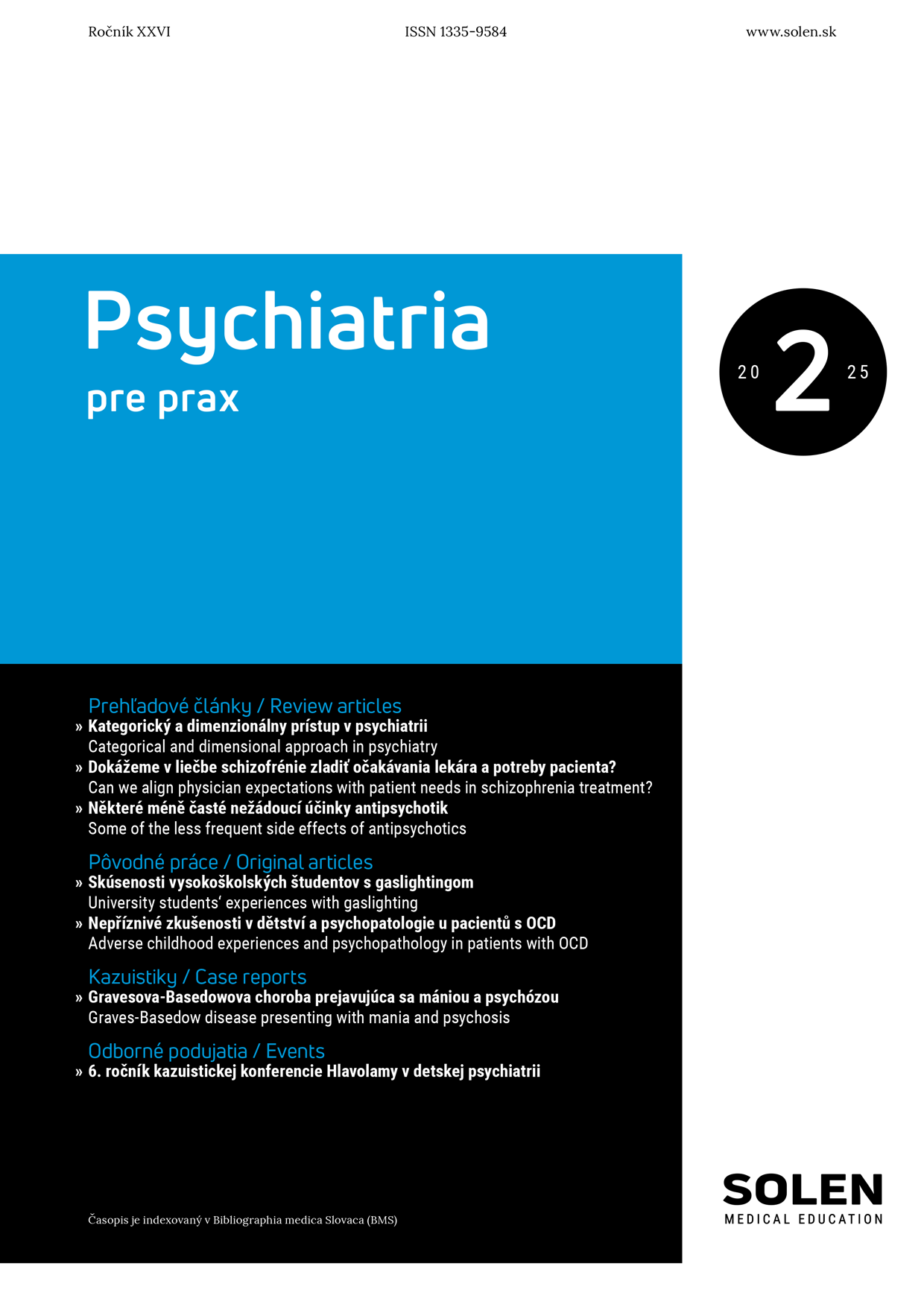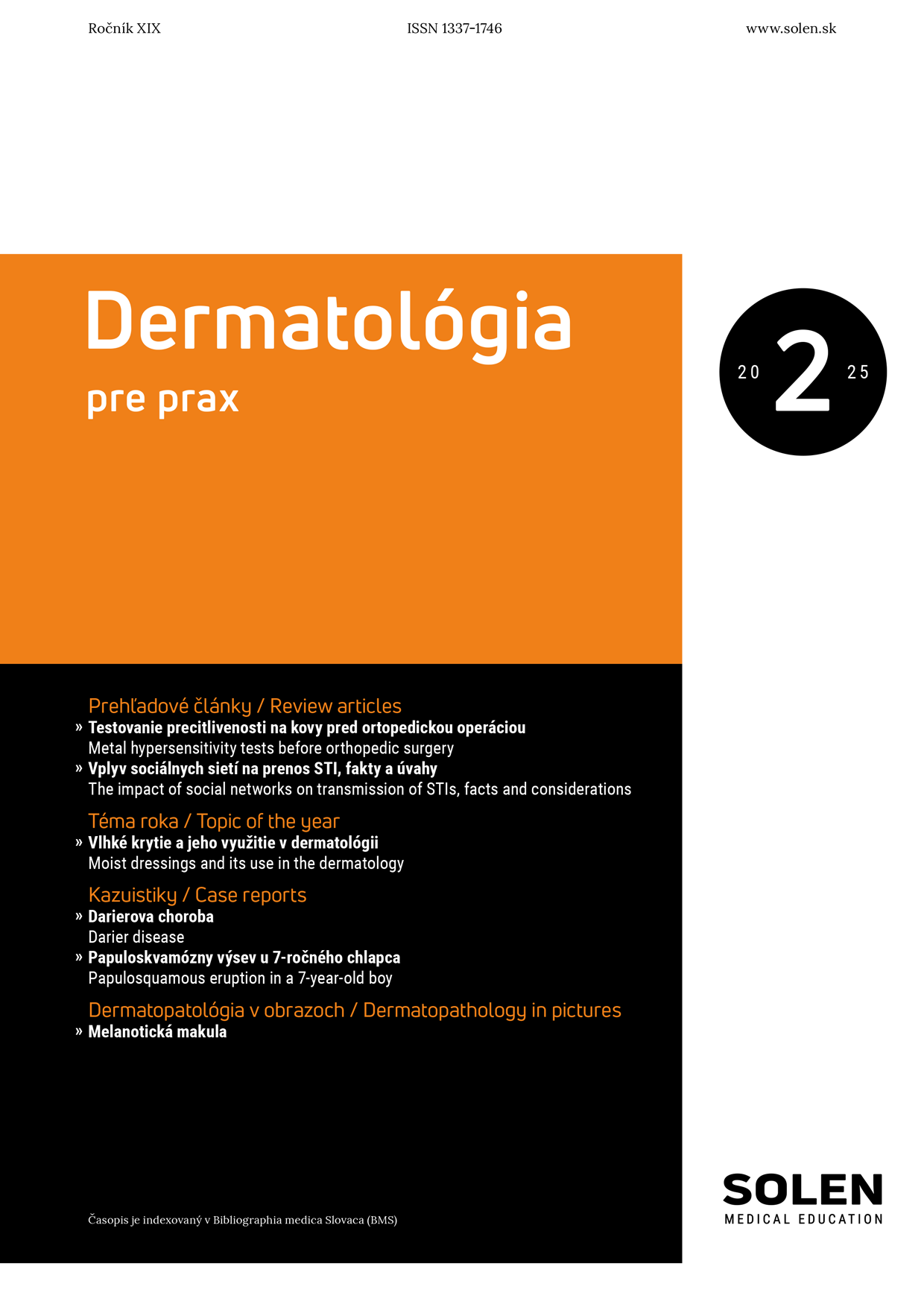Paliatívna medicína a liečba bolesti 1-2e/2017
Correlation of increasing albumin level and fulfillments of therapeutic goal at parenteral nutrition support
Introduction: Malnutrition among cancer patients can worsen prognosis, quality of life and cause significant complications (1, 2). Cancer cachexia patophysiology mimics protein-caloric malnutrition in the course of an acute or chronic inflammatory state (3). Indication of parenteral nutrition (PN) among patients with advanced cancer is a controversial issue. PN can be administered to patients who are in anabolic state of metabolism in clinical situation with gastrointestinal tract dysfunction. It is the utilization of substrates we know that could increase the level of albumin (the binding protein easily measured in blood serum) in the anabolic state despite of gastrointestinal tract dysfunction. We can perform a test with parenteral nutrition and if the patient has an anabolic reserve for synthesis of building or binding proteins, we can anticipate the clinical effect of increased patient function. Methods: We performed an analysis of 57 patients who were given parenteral nutrition by the Palliative care department of the National Cancer Institute in Bratislava. The analysis ran from 1. 1. 2012 until 31. 12. 2014. There were 57 patients with gastrointestinal dysfunction and advanced cancer that were given parenteral nutrition support. During the first phase of parenteral nutrition we established a treatment goal and performed a biochemical analysis on the level of albumin. A second level of albumin was obtained during the first week of parenteral nutrition. On day 30 we registered if the therapeutic goal of the patient was reached and obtained a final level of albumin. We then categorized the patients into two groups. The first group of patients who achieved the treatment goal were labeled as Th1. The second group who did not fulfill the treatment goal were labeled Th2. We performed an analysis to correlate the initial level of albumin with the levels during the first week and the level of the fulfilled treatment goal. We also linked fulfillment of the treatment goal with the survival rate. We used a regression analysis linear model to correlate between figures in the group, which is expressed as p-value. Results: We analyzed 57 patients with advanced cancer. In the Th1 group there were 28 patients who had the treatment goal fulfilled. The Th2 group had 29 patients who did not fulfill the treatment goal. In the Th1 group 17 (60.7 %) showed an increase albumin level while 11 (39.3 %) patients showed a decrease. In the Th2 group, 7 patients (24.1 %) showed an increase and 22 patients (75.9 %) showed decreased levels. The difference between groups was statistically significant (p = 0.005) and had a direct link with fulfillment of the treatment goal. The level of albumin on day 30 did not draw a parallel with the fulfillment of the treatment goal, but did (using regression analysis) correlate with survival (p = 0.011). When it comes to BMI, GPS, cholinesterase levels and levels of albumin there were no differences between Th1 and Th2. Statistically, there are significant differences of survival in groups Th1 and Th2. Mean survival in the Th1 group was 122.46 days (median 90 days) and mean survival in the Th2 group was 30.72 days (median 26.5 days) (p = 0.002). Conclusion: Considering the results of our analysis, we can now change our view of patients with advanced cancer and the contribution of parenteral nutrition. We can use the outcome of PN during first week to differentiate the patients whose catabolism is in the refractory stage. Statistically, there is an important correlation between fulfilling the treatment goal and survival. Based on this association we can use the fulfillment of treatment goal as a relevant endpoint in palliative medicine research. It is essential that these results be further defined by a prospective study.
Keywords: cachexia, malnutrition, parenteral nutrition, albumin, anabolism


